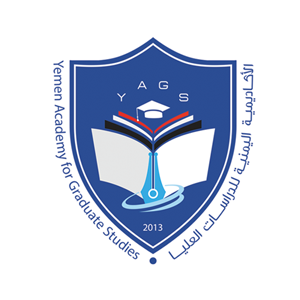Translation Profession in Yemen in Light of Recent Technological Developments: Challenges and Responses to the Use of CAT Tools by Translators
Keywords:
Machine translation, translation difficulties, translationAbstract
This paper aims to investigate the challenges of using modern translation technology by translators in Yemen and their responses to these recent developments. It particularly explores the challenges of using CAT tools, the factors that determine the adoption of these tools, and their impact on translators’ performance. To achieve these objectives, the study followed a mixed quantitative and qualitative method of inquiry. The study population included all translators in Sana’a city, Yemen. A questionnaire was administrated to a sample of 66 translators who were selected randomly. The collected data was processed through SPSS program and then analyzed. The results revealed that (87.7%) of the sample showed some awareness of CAT tools; and (54.4%) of the sample are using the programs and their attitudes were largely positive, while 45.6% of the participants do not use CAT tools. The results also showed factors that motivate translators to use CAT tools to facilitate their work, improve their performance, increase productivity and enhance the quality of translation products. The study concludes that translators’ responses to the use of CAT tools on their work was largely positive, while those translators who use CAT tools encounter various challenges. The study also concludes with a set of recommendations for translators, agencies, and universities the most important of which are related to integrating modern translation technology in the curricula of translation programs and conducting workshops, training courses and conferences on CAT Tools to increase awareness among translators and help them to improve their performance and the quality of their translations.
Downloads
Downloads
Published
Issue
Section
License

This work is licensed under a Creative Commons Attribution 4.0 International License.
Copyright and Licensing
copyright is retained by the authors. Articles are licensed under an open access Creative Commons CC BY 4.0 license, meaning that anyone may download and read the paper for free. In addition, the article may be reused and quoted provided that the original published version is cited. These conditions allow for maximum use and exposure of the work.

